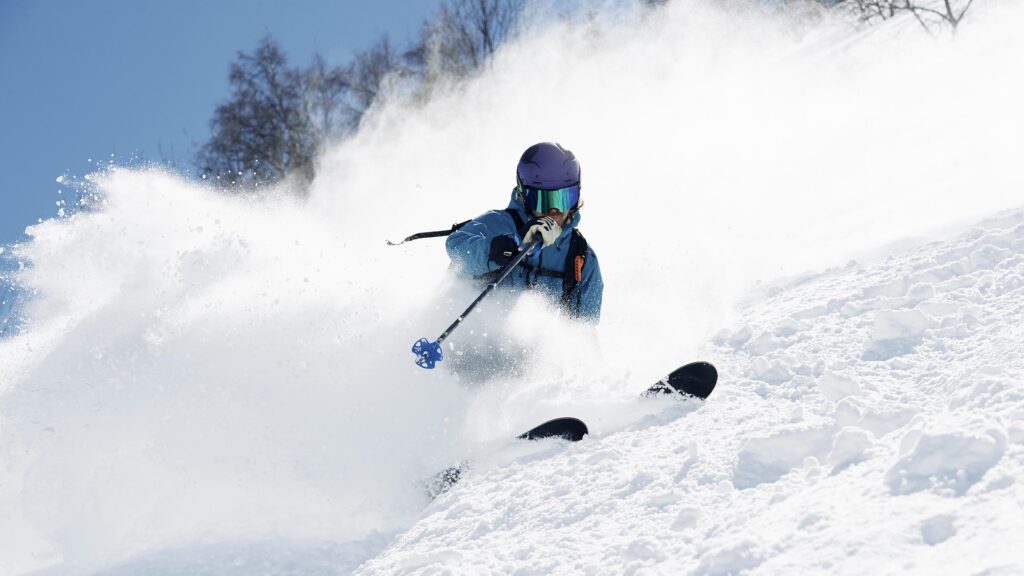Ready to Ski? Protect Your Knees
December 20, 2022 | Member Submitted
Written by Alison Ganong, MD and Presented by Barton Health

Every year, 17,500 skiers experience an MCL or ACL injury, cutting their season short.
Before the season, get your legs in ski shape.
Our desk-job lifestyles leave our lower bodies a little misshapen. We sit in chairs all day, and that tightens up our hips while weakening our rear leg muscles.
Squats and lunges, in addition to hip stretches and deadlifts, are examples of exercises that strengthen the quad muscles in front of your leges and the hamstring muscles behind them. Skiers should also practice single-leg balancing and gluteal strengthening exercises. Simply stand on one foot for 30
seconds at a time. Even better: Try single-leg squats. The leg strength you build will improve your stability. That’s great for your knees.
During Your Runs
Know your skill level.
Don’t let your pride get you hurt. Stay off tough courses or runs if you don’t have the experience to handle them. One sign that you’re out of your comfort zones: Your form
starts to suffer. You should be able to comfortably maintain an aggressive, forward-leaning posture. If the grade intimidates you, you’ll unconsciously hang back a little. Sit back too far, you’ll tumble backward, and that’s how you may tear your ACL.
Listen to your body.
Many skiers get hurt when their energy levels drop. So observe how you feel. Stay fed. Stay hydrated. Recognize when you need to rest.
Know how to fall.
You can’t avoid every fall. If you feel one coming, and you can’t stop it, don’t resist. Learn to fall into your momentum. It’s our instinct to lean away, or twist ourselves sideways to slow down. But herky-jerky movements like that put too much tension on our knee ligaments- and then, sometimes they snap.
When to See Us
In spite of all your preparation, you may still get hurt. MCL and ACL injuries come with similar symptoms: pain, swelling, and a feeling of instability around the knee. A torn MCL will usually get better with therapy or possible regenerative medicine. An ACL injury often requires surgery, but in certain cases, therapy or regenerative medicine can help. The two injuries can happen together, and an MRI or ultrasound can help tell them apart. So it’s important to call your doctor for a diagnosis.
Alison Ganong, MD, is a Tahoe Orthopedics & Sports Medicine physical medicine and rehabilitation (PM&R) physician who specializes in non-operative sports medicine and spine care. For more information about sports medicine treatment options, call Tahoe Orthopedics & Sports Medicine in Incline Village, Carson City, South Lake Tahoe or Zephyr Cove at 530.543.5554.
